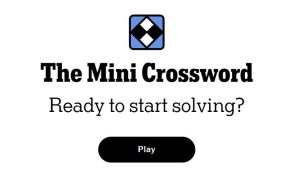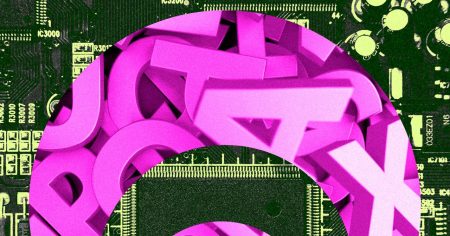John Graham-Cumming doesn’t ping me often, but when he does I pay attention. His day job is the CTO of the security giant Cloudflare, but he is also a lay historian of technology, guided by a righteous compass. He might be best known for successfully leading a campaign to force the UK government to apologize to the legendary computer scientist Alan Turing for prosecuting him for homosexuality and essentially harassing him to death. So when he DM’d me to say that he had “a hell of a story”—promising “one-time pads! 8-bit computers! Flight attendants smuggling floppies full of random numbers into South Africa!”—I responded.
The story he shared centers around Tim Jenkin, a former anti-apartheid activist. Jenkin grew up “as a regular racist white South African,” as he described it when I contacted him. But when Jenkin traveled abroad—beyond the filters of the police-state government—he learned about the brutal oppression in his home country, and in 1974 he offered his help to the African National Congress, the banned organization trying to overthrow the white regime. He returned to South Africa and engaged as an activist, distributing pamphlets. He had always had a penchant for gadgetry and was skilled in creating “leaflet bombs”—devices placed on the street that, when triggered, shot anti-government flyers into the air to be spread by the wind. Unfortunately, he says, in 1978 “we got nicked.” Jenkin was sentenced to 12 years in prison.
Jenkin has a hacker mind—even as a kid he was fiddling with gadgets, and as a teen he took apart and reassembled his motorcycle. Those skills proved his salvation. Working in the woodshop, he crafted mockups of the large keys that could unlock the prison doors. After months of surreptitious carpentry and testing, he and two colleagues walked out of the prison and eventually got to London.
It was the early 1980s, and the ANC’s efforts were flagging. The problem was communications. Activists, especially ANC leaders, were under constant surveillance by South African officials. “The decision was taken to get leadership figures back into the country to be closer to the activists, but to do that they still had to be in touch with the outside,” says Jenkin, who was given a mandate to solve the problem. Rudimentary methods—like invisible ink and sending codes by touch-tone dials—weren’t terribly effective. They wanted a communication system that was computerized and unbreakable. The plan was dubbed Operation Vula.
Working in his small council flat in the Islington neighborhood in London—nicknamed GCHQ, after the top-secret British intelligence agency—Jenkins set about learning to code. It was the early days of PCs, and the equipment by today’s standards was laughably weak. Breakthroughs in public key cryptography had come out a few years earlier, but there was no easily available implementation. And Jenkin was suspicious of prepackaged cryptosystems, fearing they might harbor back doors that would provide governments access.
Using a Toshiba T1000 PC running an early version of MS-DOS, Jenkin wrote a system using the most secure form of crypto, a one-time pad, which scrambles messages character by character using a shared key that’s as long as the message itself. Using the program, an activist could type a message on a computer and encrypt it with a floppy disk containing the one-time pad of random numbers. The activist could then convert the encrypted text into audio signals and play them to a tape recorder, which would store them. Then, using a public phone, the activist could call, say, ANC leaders in London or Lusaka, Zambia, and play the tape. The recipient would use a modem with an acoustic coupler to capture the sounds, translate them back into digital signals, and decrypt the message with Jenkin’s program.
Read the full article here










